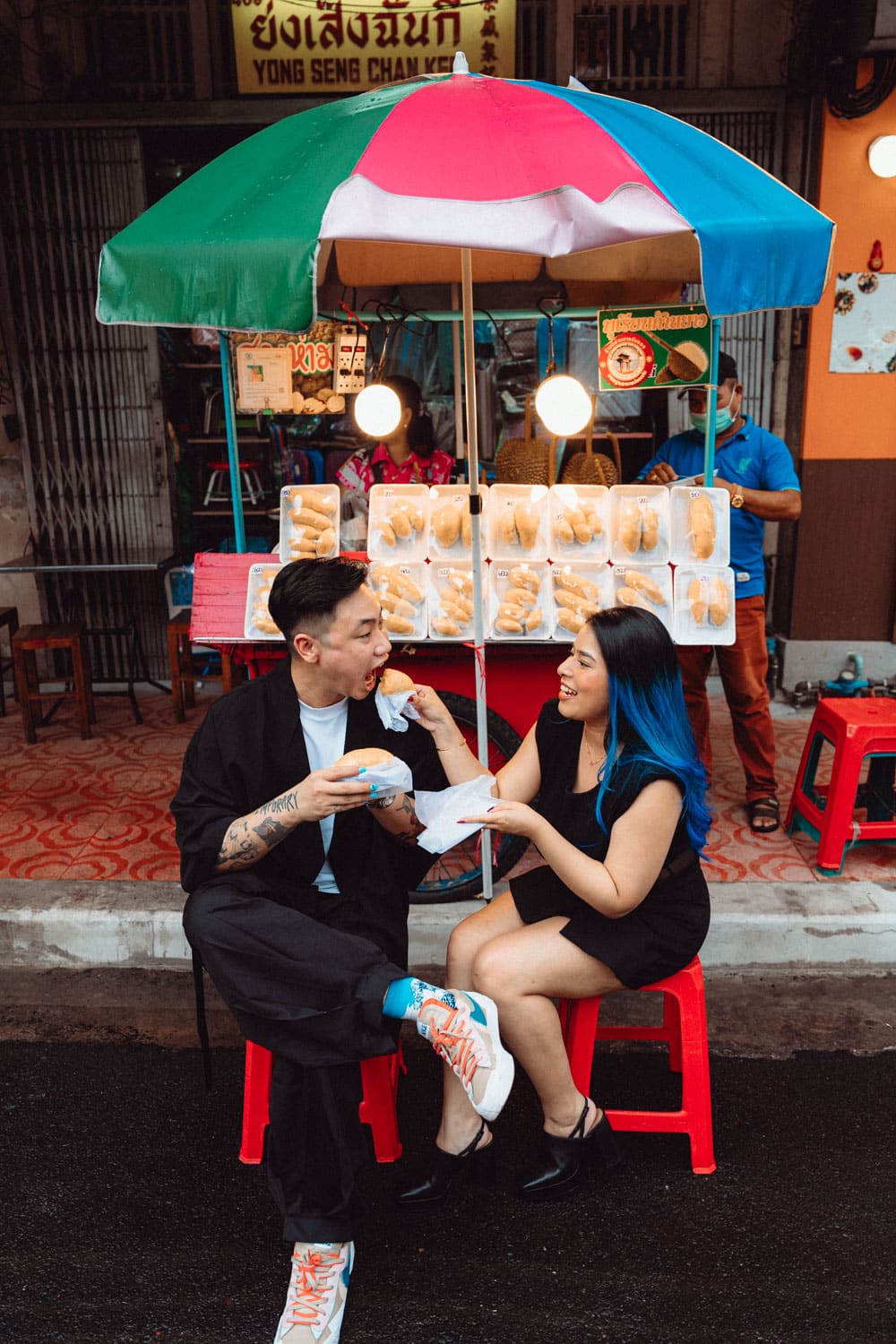In the humid predawn darkness of Yaowarat Road, Bangkok’s historic Chinatown, the first wisps of smoke begin to rise from street-side grills. As a photographer documenting Bangkok’s street food culture, I’ve learned that the story of this city’s culinary heritage begins long before the first customer arrives. The preparation rituals of street food vendors offer a glimpse into a world where cuisine, community, and survival intertwine in the narrow sois of one of Asia’s most dynamic food cities.
The morning markets present the first chapter of Bangkok’s daily food narrative. At Khlong Toei, the city’s largest fresh market, vendors arrange their produce with an artistry that rivals any studio food photographer’s setup. The challenge lies in capturing both the visual abundance and the human stories behind each stall. Weathered hands arrange chilies into precise pyramids of color, morning light catches the scales of fresh fish, and steam rises from vast woks of curry being prepared for the day ahead. These scenes require a delicate balance of technical precision and cultural sensitivity, as many vendors view their work as both commerce and craft.
The relationship between street food vendors and their environment creates compelling visual narratives throughout Bangkok. Each cart or stall represents a carefully chosen location, often passed down through generations, where food, architecture, and community intersect. Some vendors set up beneath the shadows of skyscrapers, while others occupy the same corner their grandparents once did, their presence marking the continuation of culinary traditions despite the city’s rapid development. These juxtapositions of old and new, traditional and modern, provide rich opportunities for environmental portraits that speak to Bangkok’s evolving food culture.
As the day progresses, the choreography of street food service unfolds in ways that challenge photographers to capture both technical precision and human emotion. The practiced movements of a noodle vendor stretching bamee, the precise timing of a som tam maker’s mortar and pestle, the careful assembly of boat noodles in tiny alleyway shops – each of these moments requires understanding not just photography, but the rhythms of food preparation. The key lies in anticipating these moments while remaining unobtrusive enough to document them authentically.
Light plays a crucial role in street food photography, particularly in Bangkok’s challenging tropical environment. The harsh midday sun creates difficult conditions for food photography, yet can produce dramatic shadows that add depth to environmental shots. The golden hour brings warm tones that enhance the visual appeal of dishes, while evening creates opportunities to capture the interplay between food preparation and artificial lighting. Each time of day presents its own challenges and opportunities, requiring photographers to adapt their techniques to changing conditions while maintaining consistency in their documentation.
The social aspect of Bangkok’s street food culture provides some of the most compelling photographic opportunities. Office workers sharing lunch at plastic tables, late-night revelers gathering around satay grills, families enjoying weekend meals together – these moments reveal how street food serves as both sustenance and social glue in Bangkok’s urban fabric. Capturing these interactions requires patience and discretion, allowing genuine moments to unfold naturally while remaining ready to document them without disruption.
Steam, smoke, and fire add dramatic elements to street food photography while presenting technical challenges that demand creative solutions. The billowing steam from a cart selling boat noodles, the smoke from grilling chicken skewers, or the flames beneath a wok of pad thai create atmospheric effects that can either enhance or overwhelm an image. Managing these elements requires understanding both their visual potential and their technical implications, often working quickly to capture fleeting moments before conditions change.
The preservation of traditional cooking methods provides particularly powerful subjects for documentation. Many street food vendors still prepare dishes exactly as their predecessors did decades ago, using techniques and equipment that have remained unchanged for generations. Documenting these practices becomes increasingly important as modernization threatens to alter or eliminate them. The challenge lies in capturing both the technical aspects of food preparation and the cultural significance these methods represent.
Night transforms Bangkok’s street food scene, creating new opportunities for dramatic photography. The glow of charcoal grills, the fluorescent lights illuminating steam tables, and the neon signs of late-night establishments create a different kind of visual poetry. These nocturnal scenes present technical challenges in terms of lighting and exposure, but offer opportunities to capture the energy and atmosphere that make Bangkok’s night food culture unique. The interaction between light sources, steam, and movement requires careful attention to timing and composition.
Beyond mere documentation of food and preparation, street food photography in Bangkok captures a way of life that’s increasingly under pressure from modernization and regulation. Each image serves as both art and historical record, preserving glimpses of culinary traditions that may not survive another generation. Through careful observation and respectful interaction with vendors and their customers, photographers can create visual narratives that speak to both the historical importance and contemporary relevance of Bangkok’s street food culture, helping to preserve these traditions for future generations to appreciate and understand.


